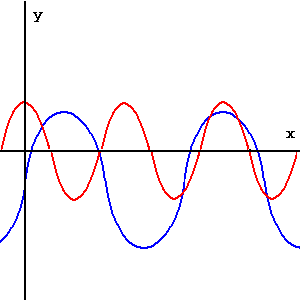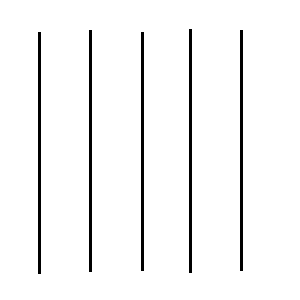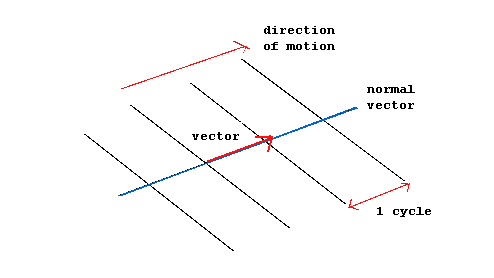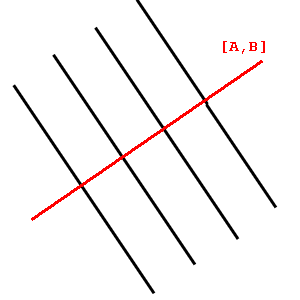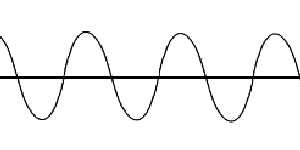

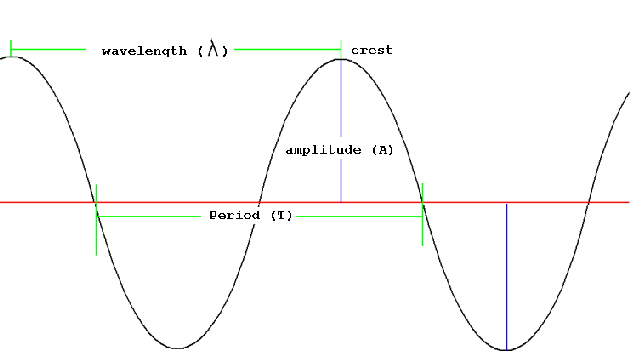
|
Fundamental Wave Equation |
The relationship between frequency and period T = 1/frequency = 1/(w/2p) = 2p/w |
The relation between velocity, frequency, and wavelength Any two of the above parameters will result in the third because: substituting w = 2p/T, we get: |
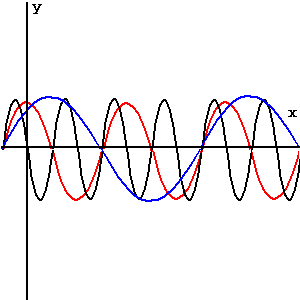 y = cos(x) y = cos(.5x) y = cos(2x) **Notice that an increase in wavelength = a decrease in the frequency and vice versa. Therefore it is possible to change the frequency instead of the wavelength when scaling horizontally** |
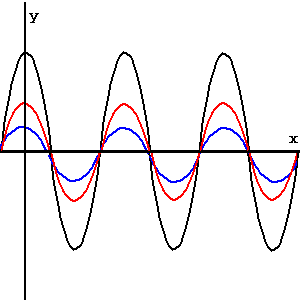 y = cos(x) y = 2cos(x) y = 1/2cos(x) |
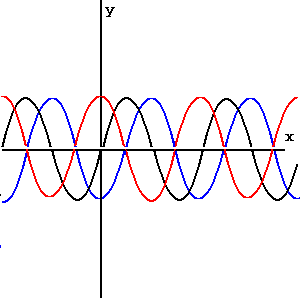 y = cos(x - pt/2) y = cos(x + pt ) |
 y = cos(x) - 2p y = cos(x) + p |
